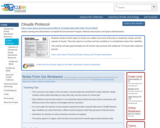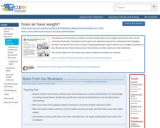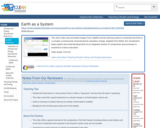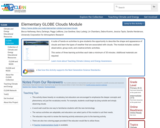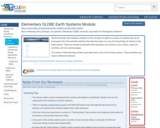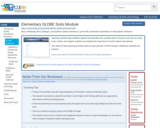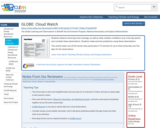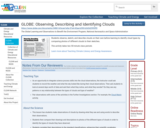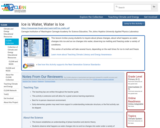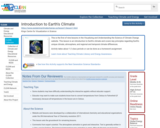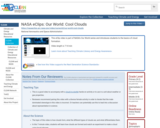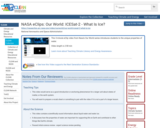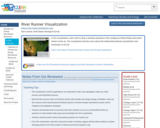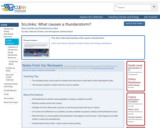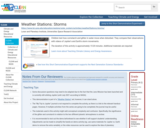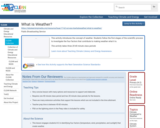
Children experiment with freezing water to observe a state change of water, and discover that it is less dense as a solid (ice) than it is as a liquid (water). Amazing Expanding Ice is an overnight activity requiring 20 minutes of preparation, overnight freezing of the experiment, and 10 minutes of follow-up discussion.
- Subject:
- Career and Technical Education
- Environmental Studies
- Physical Science
- Material Type:
- Activity/Lab
- Provider:
- CLEAN: Climate Literacy and Energy Awareness Network
- Provider Set:
- CLEAN: Climate Literacy and Energy Awareness Network
- Author:
- Lunar and Planetary Institute
- Date Added:
- 07/08/2021
